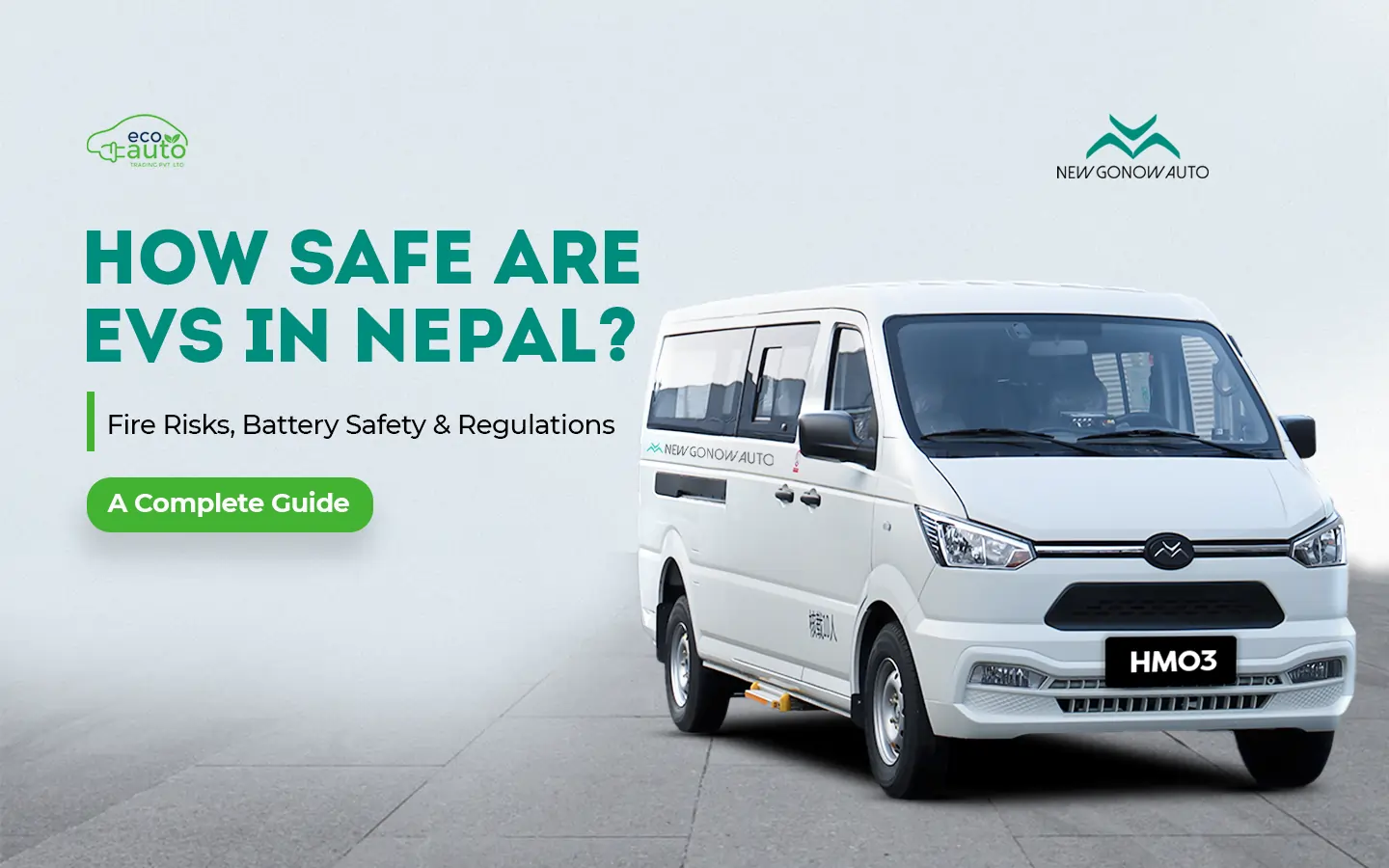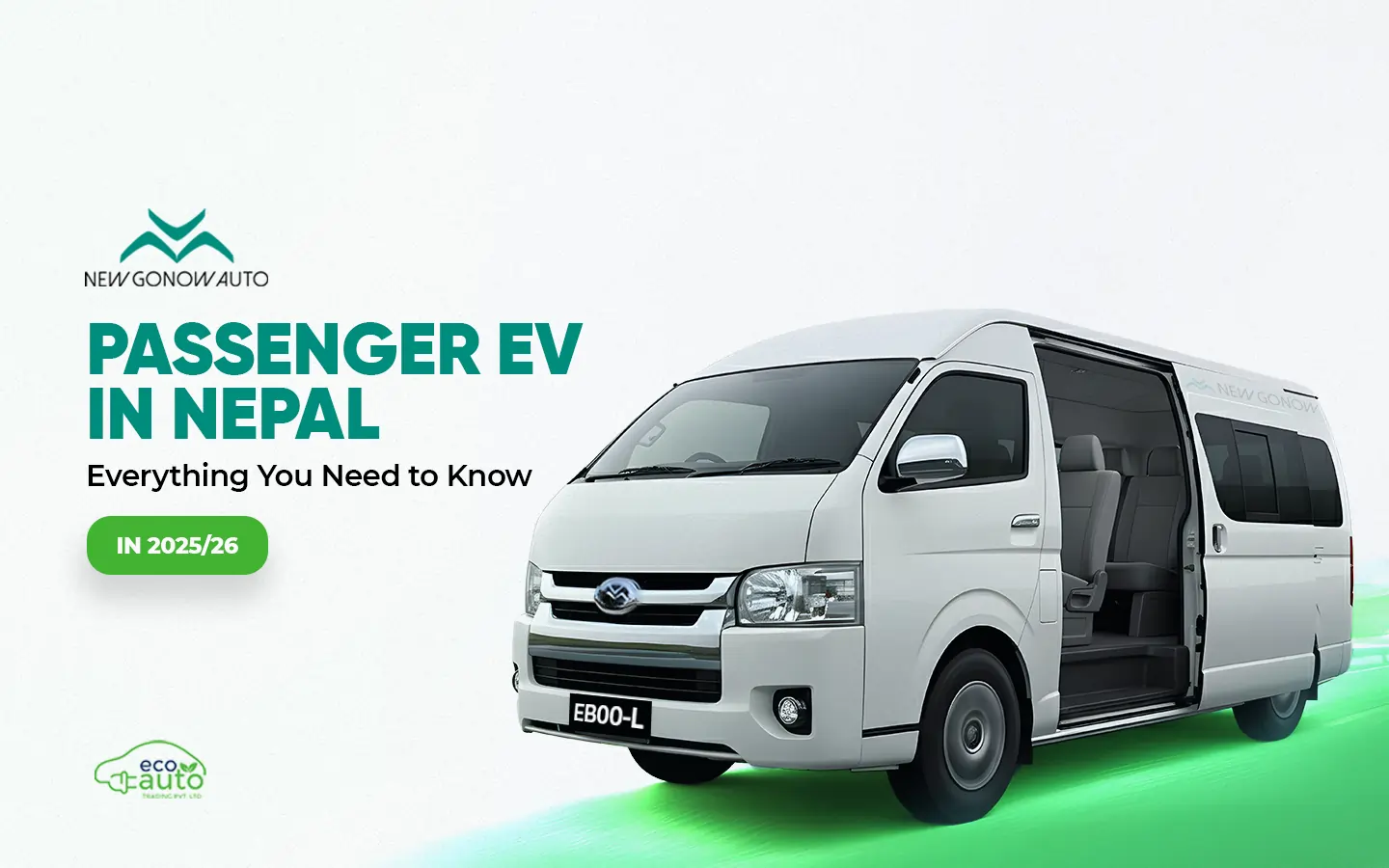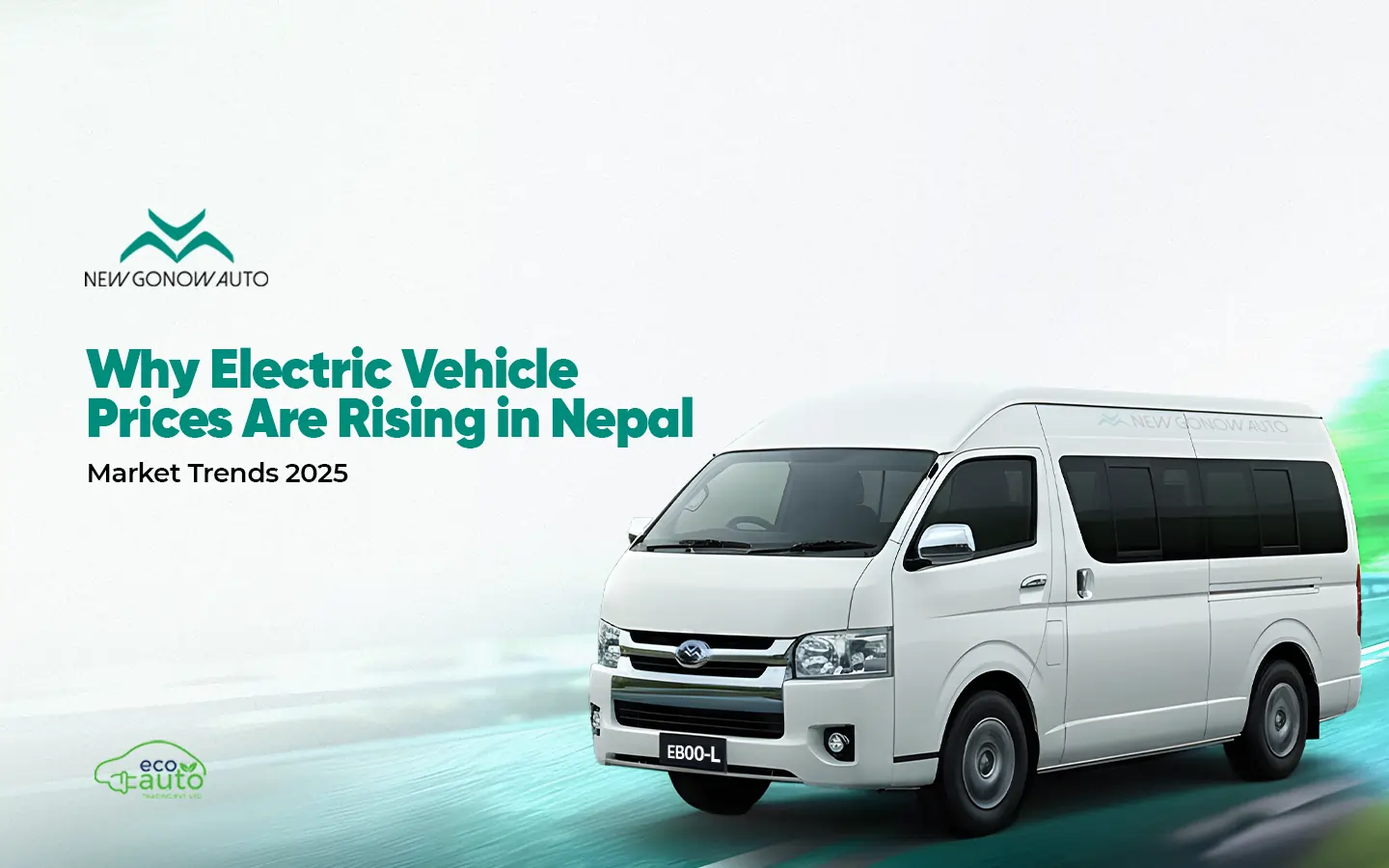
Are EVs Safe in Nepal? Fire, Battery & Regulation Guide 2025
Electric Vehicles (EVs) are no longer just a futuristic idea in Nepal. From Kathmandu’s crowded streets to Pokhara’s lakeside roads, EVs are slowly replacing petrol and diesel cars. Affordable options like Tata Nexon EV, BYD Dolphin, and Hyundai Kona are now popular choices, while EV vans are being tested for schools, colleges, and tour businesses.
But while EV adoption is rising, so are questions about safety. Are EVs safe to drive in Nepal’s hilly terrains? Do lithium batteries pose fire risks? What regulations protect buyers?
In this blog, we’ll break down EV safety in Nepal, covering fire risks, battery safety, government regulations, and real-world tips to help Nepali buyers make an informed decision.
The Rise of EVs in Nepal: Why Safety Is a Big Question
Nepal has seen rapid EV growth in the last 5 years, driven by:
- High fuel prices: Petrol/diesel over NPR 170 per liter
- Government tax cuts on EV imports
- Awareness of air pollution in cities like Kathmandu
- Cheaper charging costs: Less than NPR 3 per km compared to NPR 15–20 per km for petrol
Despite these benefits, buyers are still cautious. Unlike fuel cars that have decades of safety standards, EVs are new to Nepal. Many people wonder:
- Are EVs safe to buy in Nepal?
- Do EV batteries catch fire?
- What happens in case of accidents?
- Does Nepal have EV regulations?
These are valid concerns, and the answers lie in understanding how EVs work.
EV Fire Risks in Nepal: Myth vs. Reality
EV fires have become global news, but the truth is: EVs are not more fire-prone than petrol or diesel cars. A 2023 study from AutoInsuranceEZ found:
- Petrol cars: 1,529 fires per 100,000 vehicles
- Hybrid cars: 3,475 fires per 100,000 vehicles
- EVs: 25 fires per 100,000 vehicles
Why the fear?
- Battery fires burn hotter and longer, making them harder to extinguish
- Low-quality imports without safety certifications can increase risk
- Unsafe charging setups (like using local wiring without grounding) can cause short circuits
In Nepal, most EV fire reports involve charging issues rather than spontaneous combustion. Using certified chargers and proper wiring reduces these risks significantly.
EV Battery Safety in Nepal’s Climate
The battery is the most expensive and sensitive part of an EV. In Nepal, climate conditions and road infrastructure affect how safe and long-lasting a battery is:
- Cold regions (mountains): Batteries lose range faster in freezing temperatures
- Hot regions (Terai): Risk of overheating if cars are parked under direct sun for long hours
- Hilly terrains: More strain on the battery during uphill drives, though regenerative braking helps recover energy downhill
Tips for Better EV Battery Safety
- Charge up to 80–90% for daily use instead of 100%
- Avoid draining the battery below 10% regularly
- Use manufacturer-approved chargers only
- Park in shaded/covered areas whenever possible
- Schedule battery health checks every 6 months
With proper care, most EV batteries in Nepal last 8–10 years before replacement.
EV Safety Regulations in Nepal: What Exists and What’s Missing
Nepal has made progress in import duties and charging infrastructure, but safety regulations are still weak compared to global standards.
Current EV Policies in Nepal:
- Reduced customs duties on EVs
- Charging stations being installed along major highways
- Some banks offering EV loans with lower interest rates
What’s Missing:
- EV fire safety standards (mandatory for manufacturers)
- Battery recycling rules (to prevent environmental hazards)
- Insurance policies specifically designed for EV risks
- Mandatory crash safety ratings for imported EVs
Until Nepal strengthens these regulations, the safest choice is buying EVs from globally certified brands with proven track records.
EV Safety Features You Should Check Before Buying
Not all EVs in Nepal offer the same level of safety. Look for these must-have features:
- Battery Management System (BMS): Prevents overheating
- Crash-Test Ratings (NCAP): Check if the EV has undergone crash tests
- Airbags + ABS + ESC: Standard in most modern EVs
- IP-Rated Battery Protection: Ensures water and dust resistance (important for monsoon roads)
- Thermal Management System: Keeps battery temperature stable
Pro Tip: Don’t just look for the cheapest EV in Nepal. A slightly higher upfront cost for safety features can save lives and reduce long-term expenses.
EV Accidents and Insurance in Nepal
Currently, insurance companies in Nepal treat EVs similar to petrol cars, but EV repairs especially battery replacement are much more expensive.
What to Check in EV Insurance:
- Coverage for battery damage
- Coverage for fire incidents
- Access to authorized EV workshops
- EV-specific roadside assistance (towing)
EV accidents in Nepal are rare but costly, so choosing the right insurance is essential.
EV Vans in Nepal: Safety for Schools and Businesses
EV vans are becoming popular among schools, colleges, and tour operators. Safety for passengers must be taken seriously.
Safety Tips for EV Vans:
- Ensure regular battery and brake system checks
- Train drivers in EV handling and emergency response
- Install fire extinguishers in every vehicle
- Buy from authorized dealers only, not unofficial imports
With proper practices, EV vans can be safe and 30–50% cheaper to operate compared to diesel vans.
EVs vs. Fuel Cars: Which Is Safer in Nepal?
Fuel Cars:
- Fire risks from petrol/diesel leaks
- High maintenance and running costs
- Fewer advanced safety features in budget models
EVs:
- Safer against fuel fire risks
- Advanced battery and safety tech in most models
- Lower running and maintenance costs
Bottom line: EVs are safer in the long run, especially with global brands that meet international safety standards.
Final Verdict: Are EVs Safe to Buy in Nepal?
Yes, EVs in Nepal are safe if you choose the right model, charge responsibly, and maintain them properly.
The main risks (battery fires, lack of regulations) are manageable, and with Nepal’s growing EV market, better standards are expected soon. For now, stick to reputed brands, get the right insurance, and follow battery safety tips for peace of mind.
FAQs on EV Safety in Nepal
1. Are EVs safe to drive in Nepal’s hilly regions?
Yes, EVs handle hills well due to instant torque, but battery range drops faster on steep climbs.
2. How long do EV batteries last in Nepal?
On average, 8–10 years, depending on use and charging habits.
3. Are EVs more likely to catch fire than petrol cars?
No. Petrol cars actually catch fire more often, though EV battery fires burn longer.
4. Can I charge an EV at home in Nepal?
Yes, if you have proper wiring and use a certified charger. Avoid local plug extensions.
5. Do EVs in Nepal have recalls?
Some global brands issue recalls for safety issues, but enforcement in Nepal is weak. Always check with your dealer.
6. What is the cheapest EV in Nepal right now?
Models like BYD Dolphin Mini and Tata Nexon EV Prime are among the most affordable.
7. Are EV vans safe for schools?
Yes, if bought from authorized dealers and maintained regularly with fire safety measures.




